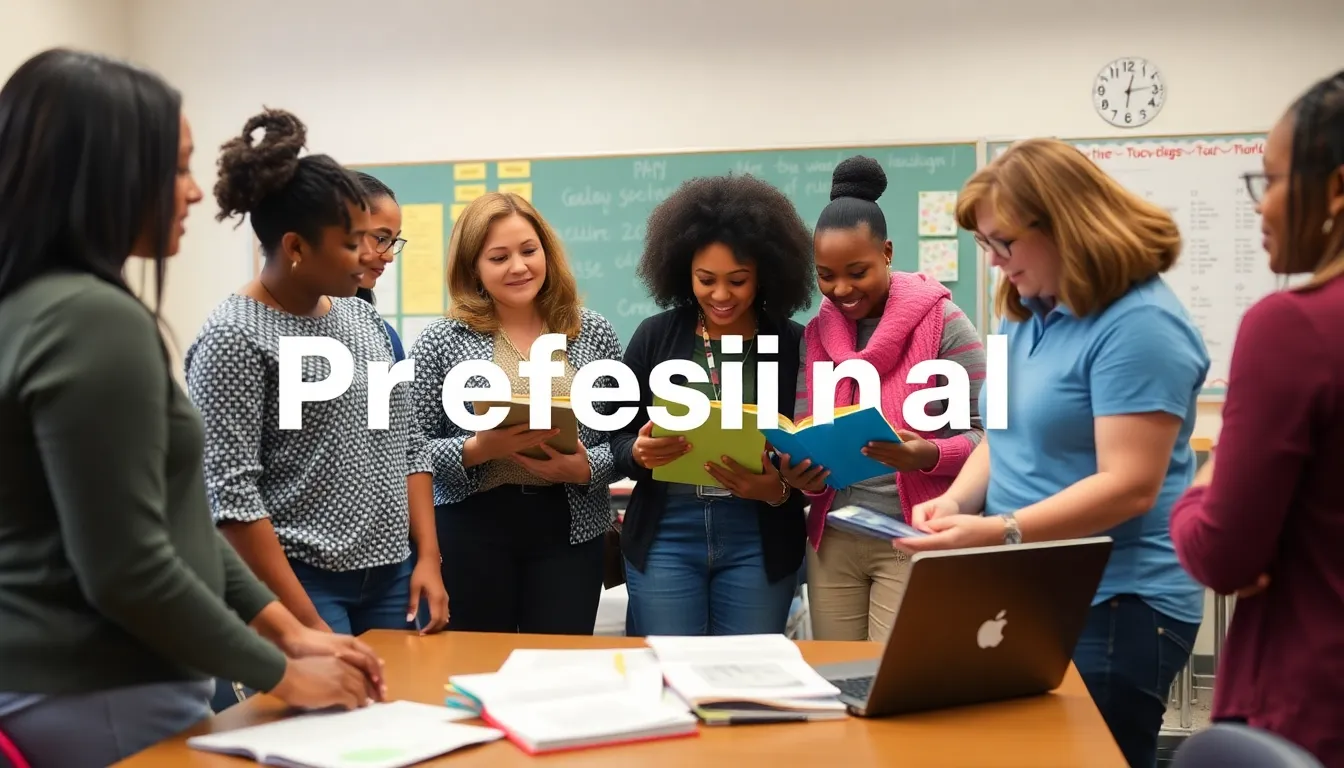Table of Contents
ToggleIn a world where TikTok dances and cat memes reign supreme, the importance of reading and literacy often gets lost in the shuffle. Yet, unlocking the power of words is like finding the cheat code to life. That’s where reading and literacy added authorization struts in, ready to save the day. It’s not just a fancy title; it’s a game-changer for educators and learners alike.
Imagine a classroom where every student feels empowered to dive into books, explore new ideas, and express themselves confidently. With the right authorization, teachers can ignite a passion for reading that transforms lives. So, why settle for mediocre when you can supercharge literacy skills? Let’s explore how this initiative can turn the page on traditional learning and open the door to a world of possibilities.
Understanding Reading and Literacy Added Authorization
Reading and literacy added authorization refers to specialized certifications that enable educators to effectively teach reading and literacy skills. This authorization enhances teachers’ qualifications, empowering them to deliver targeted instruction.
Definition of Reading and Literacy Added Authorization
Reading and literacy added authorization involves a recognized credential for educators focused on enhancing literacy instruction. This certification equips teachers with essential strategies and methodologies to foster reading skills. They gain knowledge of diverse reading approaches, from phonics to comprehension techniques. Such an authorization ensures educators are prepared to meet the varying literacy needs of students. Teachers holding this credential demonstrate proficiency in literacy development, thus enhancing the overall quality of education.
Importance in Education
Reading and literacy added authorization plays a crucial role in educational settings. It addresses the diverse learning needs of students by employing tailored strategies. Skilled educators create rich literacy environments that support student engagement. This authorization ultimately contributes to improved academic performance by fostering critical thinking skills. Additionally, it cultivates a love for reading among students, forming a foundation for lifelong learning. Enhanced literacy skills lead to greater opportunities for success in both academic and personal spheres.
Implementation Strategies

Implementing reading and literacy added authorization requires strategic planning across multiple levels in education.
Curriculum Development
Curriculum development focuses on aligning reading and literacy programs with standards. It integrates diverse literature that appeals to various student interests. Engaging activities can foster critical thinking while ensuring skills progress. Collaboration among educators can refine learning outcomes by sharing best practices. Incorporating technology enhances interactive experiences, encouraging students to explore reading in new ways. Regular assessments can gauge comprehension and inform necessary adjustments to instructional strategies. Overall, a well-rounded curriculum promotes continuous literacy growth and maintains student motivation.
Teacher Training
Teacher training plays a crucial role in effective literacy instruction. Professional development sessions should familiarize educators with contemporary methodologies. Emphasizing differentiated instruction allows teachers to meet diverse learning needs. Workshops can introduce innovative strategies to engage reluctant readers. Furthermore, mentorship programs provide ongoing support to new educators, enhancing their confidence in delivering literacy-focused lessons. Continuous education ensures educators stay current with trends in reading instruction, translating to improved classroom practices. Overall, robust teacher training fosters a culture of literacy that directly impacts student achievement.
Benefits of Reading and Literacy Added Authorization
Reading and literacy added authorization offers numerous advantages that enhance the educational experience for both students and educators. Significant benefits include increased student engagement and improved academic performance.
Enhanced Student Engagement
Enhanced student engagement emerges when educators utilize specialized literacy strategies. Active participation in reading activities fosters students’ connection to literature. When students encounter diverse texts, their interest in literature grows. Teachers equipped with advanced techniques can create immersive learning environments. Interactive methodologies, such as paired reading or literature circles, promote collaborative discussions. These approaches encourage students to express their thoughts and feelings about texts. Engaging with literature includes more than just reading; it also involves critical thinking and personal connection. Ultimately, heightened engagement nurtures a lifelong love for reading and exploration.
Improved Academic Performance
Improved academic performance frequently follows the implementation of reading and literacy added authorization. As educators acquire specialized knowledge in literacy instruction, they effectively address the diverse needs of learners. Increased comprehension skills correlate with higher reading proficiency. Students who engage in consistent literacy activities show measurable growth in test scores. Research indicates that students in literacy-rich classrooms outperform their peers in standardized assessments. Additionally, customized instruction tailored to student interests enhances motivation and achievement. Enhanced literacy skills contribute fundamentally to overall academic success, preparing students for future educational challenges.
Challenges in Implementing Authorization
Challenges arise when implementing reading and literacy added authorization, impacting its effectiveness in educational settings.
Resource Limitations
Resource limitations often hinder the implementation of reading and literacy authorization programs. Many schools lack adequate funding for necessary materials, training, and technology. Educators may struggle to access diverse literature or effective instructional tools without proper resources. Budget constraints reduce the ability to provide ongoing professional development, which is essential for sustaining momentum in literacy initiatives. Limited technological access may also restrict interactive learning opportunities that enhance student engagement. As a result, educators face significant barriers in creating rich literacy environments that support student learning.
Resistance to Change
Resistance to change frequently poses a significant challenge in adopting new literacy programs. Some educators may feel comfortable with traditional teaching methods, making them hesitant to embrace new strategies. This reluctance affects the implementation of innovative practices that promote literacy. Administrators might face pushback when reallocating resources toward reading and literacy authorization, creating friction within staff. Additionally, longstanding educational cultures can impede the introduction of new methodologies, making it difficult to shift toward a more literacy-focused approach. Addressing these concerns is crucial for fostering a supportive environment that embraces change and innovation in literacy education.
Future Directions for Reading and Literacy Added Authorization
Focus shifts toward enhancing reading and literacy added authorization through strategic initiatives. Evolving policies can significantly improve the implementation and effectiveness of literacy programs.
Policy Recommendations
Strengthening educational policies remains essential for improving literacy outcomes. Increased funding can support resources, training, and access to diverse literature. Additionally, establishing clear guidelines for certification processes enables consistency in teacher training. Prioritizing collaboration among educational stakeholders fosters a collective approach to literacy improvement. Incorporating evidence-based practices into curriculum development enhances efficacy in teaching strategies. Advocating for ongoing professional development ensures educators remain current with best practices. Research supports that comprehensive policy frameworks lead to measurable increases in student literacy skills.
Community Involvement
Encouraging community involvement creates a supportive network for literacy initiatives. Local organizations can partner with schools to provide resources and workshops for families. Parents play a vital role in establishing a home reading culture, reinforcing school-based efforts. Literacy events in the community can raise awareness and celebrate reading achievements. Collaborations with libraries and bookstores enhance access to diverse literary materials. Schools can engage local businesses to sponsor reading programs, expanding their reach and impact. Active participation from community members ultimately cultivates a literacy-rich environment that benefits all students.
Reading and literacy added authorization represents a pivotal shift in education. By equipping educators with the tools to foster literacy, it creates an environment where students can thrive. The emphasis on innovative strategies and collaborative efforts not only enhances engagement but also addresses diverse learning needs.
As schools navigate the challenges of implementation, the focus on professional development and community involvement will be crucial. By prioritizing these elements, educators can build a culture of literacy that transforms classrooms into dynamic spaces of exploration and growth. Ultimately, investing in reading and literacy skills lays the foundation for a brighter future for students, enriching both their academic journeys and personal lives.







